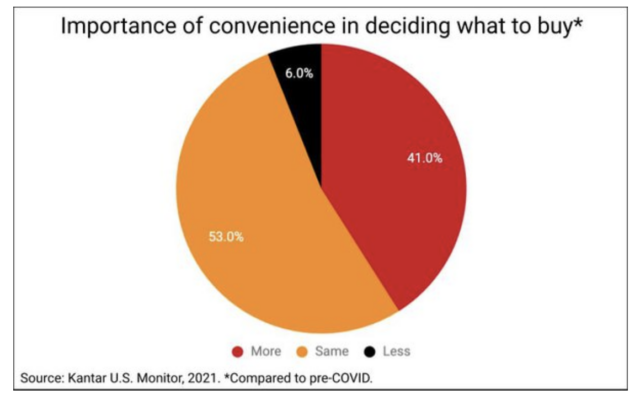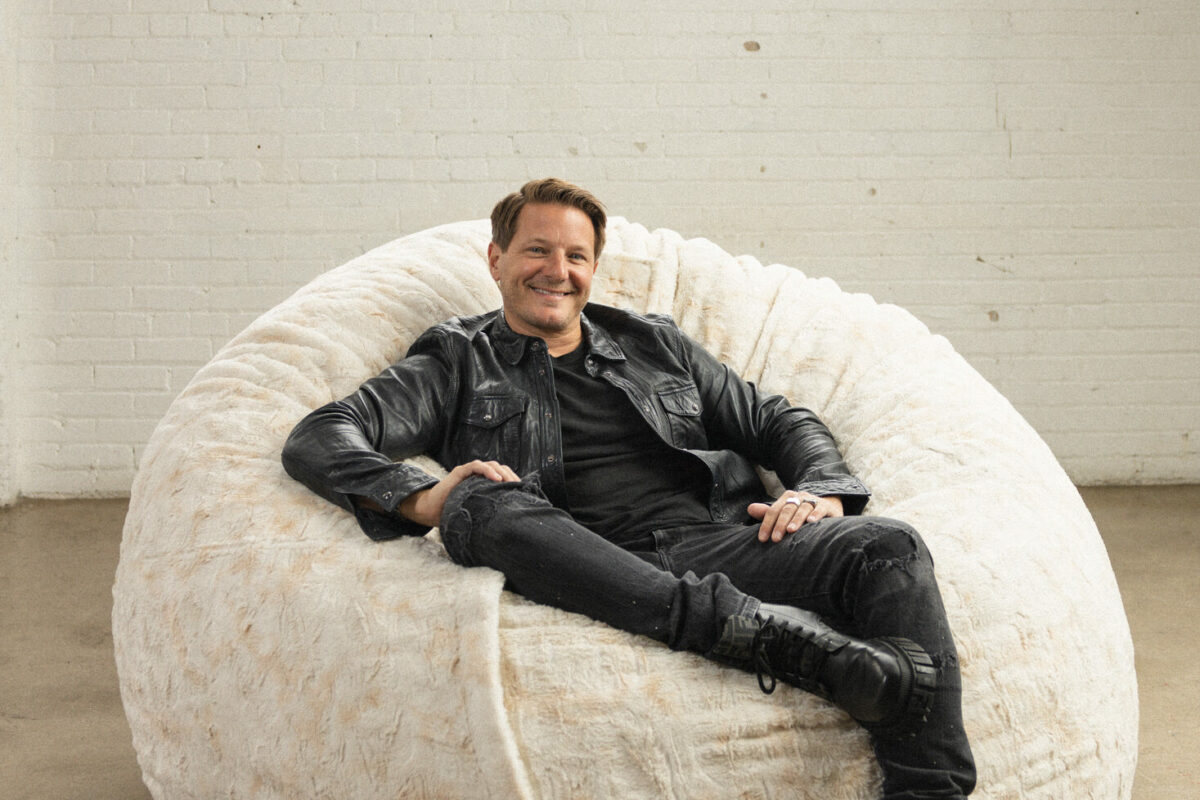The biggest challenge in marketing is indifference. Because convenience is the most powerful factor in the marketplace, bar none.

People don’t want to change their minds. Not because people are narrow-minded or willfully ignorant. People just don’t want to do the work. Persuasion is hostage to convenience.
Even when people say they are open to something new, it’s hard to convince them to think or act differently. Most choices are habitual. What’s familiar and known, what people have experience with and know how to use, requires little to no work or headspace. It’s automatic and easy. A different choice takes time and effort. Being open to persuasion comes at the cost of convenience.
Good enough is usually sufficient. It doesn’t have to be the very best ketchup or the very best TV or the very best mobile service. Good enough will do, especially since finding the perfect thing takes more time and effort.
There is too much information and too many options to sort through everything. At some point, the glut of abundance becomes claustrophobic. It feels overwhelming. So, people figure out a choice that works and then spend no more time and effort.
Let’s be honest, the consumer marketplace is only so interesting. People have other passions than shopping and buying. There is not a lot more happiness or enjoyment to be gained from more time with advertising or retailing. Getting people to pay attention, much less remember or act, is difficult and expensive.
What I’ve learned over the years is that you overcome indifference by asking less of people not more. If convenience is not a brand’s value proposition per se, it must be central to the experience of buying and using a brand.
Convenience is more powerful than price. People will pay more for convenience, and there is almost no price low enough that is worth the trouble of inconvenience.
The evolution of the consumer marketplace is a story of greater and greater convenience. A few examples are illustrative.
- Around the turn of the last century, Piggly Wiggly transformed grocery retail with self-service. Eight decades later, Amazon upended retail with digital ordering, and later with two-day delivery. Omnichannel is essentially digital making brick-and-mortar more convenient.
- The first thing ever sold online was a Pizza Hut pizza in Santa Cruz, California. McDonald’s perfected drive-thru service in the late seventies; now it does order-ahead. OpenTable and Resy perfected one-stop restaurant reservations. It’s all about convenience.
- Steve Jobs realized that most people don’t have the time, patience or knowledge to be computer hobbyists, so Apple headed down the path of preconfigured, preassembled machines. Even more, the GUI that Apple borrowed from Xerox PARC was all about making computers easier and more intuitive to use. A large part of Apple’s success is convenience.
- Lunchables gave bologna a second life in the mid-eighties by making lunch effortless for moms and simpler for kids. Microwaves and food processors became popular because they eliminated a lot of work, and today they come with preprogrammed settings to make them even easier to use. Almost every beverage or food nowadays is available ready-to-go, like precut carrots that are sold right alongside cheaper, uncut carrots.
- ACDelco introduced maintenance-free car batteries. USA Today was created to deliver bite-sized nuggets of news. Blue laws have been rolled back over the years because, for many, shopping on Sunday is more convenient.
I could cite a lot more examples, but you get the point. Convenience is king. Quality matters. As does price. But convenience is always the wild card.
Convenience is also our best lens on the future. Where will generative AI find its breakthrough killer app? What will make sustainable products more appealing? How can media breakthrough increasing clutter? The answer is the same as always. Ask less of consumers not more. That’s where the future is always found.
Contributed to Branding Strategy Insider By: Walker Smith, Chief Knowledge Officer, Brand & Marketing at Kantar
At The Blake Project, we help clients from around the world, in all stages of development, define and articulate what makes them competitive and valuable. We help accelerate growth through strategy workshops and extended engagements. Please email us to learn how we can help you compete differently.
Branding Strategy Insider is a service of The Blake Project: A strategic brand consultancy specializing in Brand Research, Brand Strategy, Brand Growth and Brand Education




